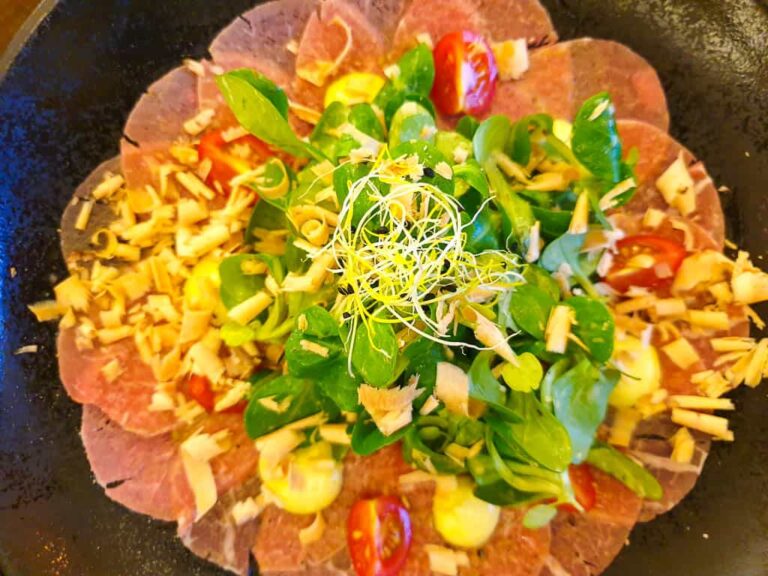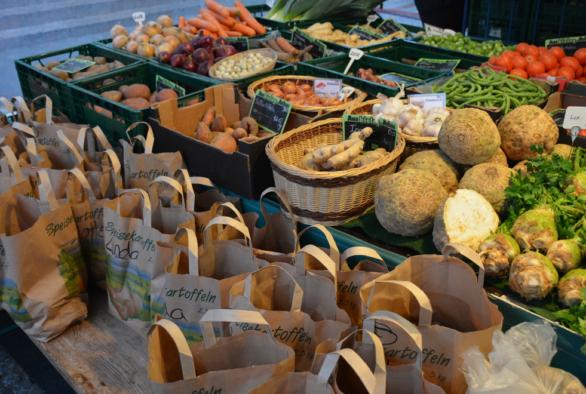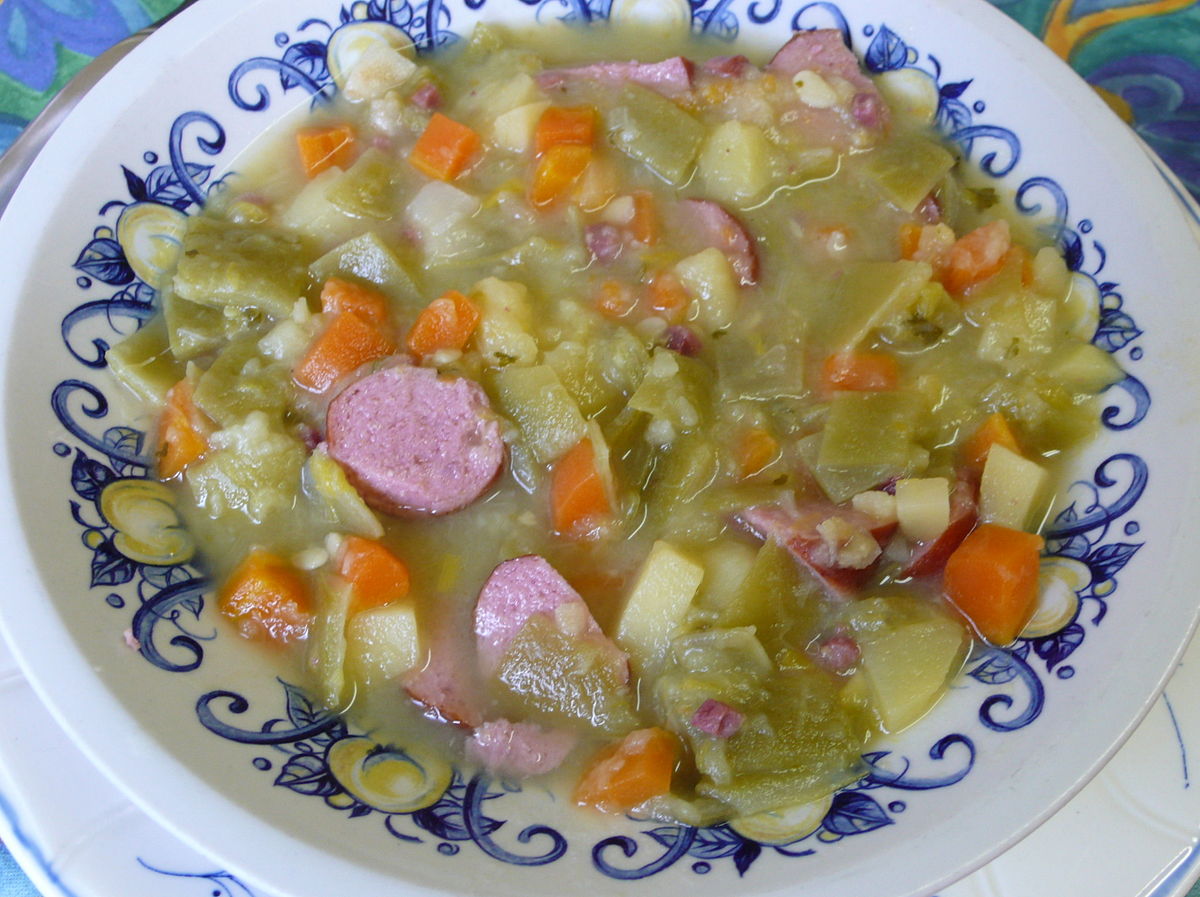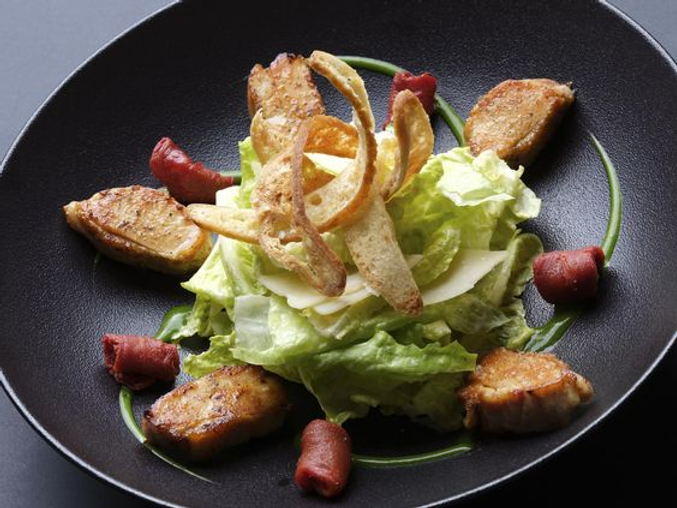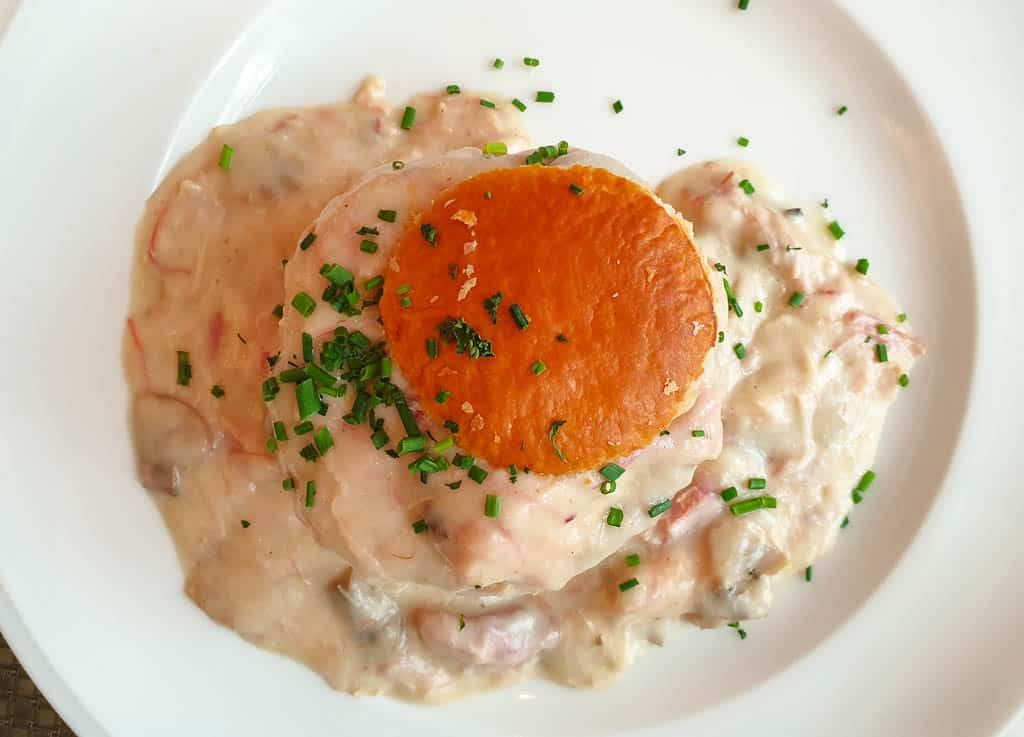Introduction to Luxembourg cuisine
Luxembourg cuisine is a blend of German, French, and Belgian influences. The country’s culinary culture is known for its hearty and rich dishes, including meat and potato-based meals. Luxembourg cuisine is also famous for its desserts, and its wine and beer production is a significant part of its culture. The country’s culinary traditions have been shaped by its location in the heart of Europe, and it offers a unique combination of dishes that are both delicious and satisfying.
Classic dishes from Luxembourg
One of the most popular dishes in Luxembourg cuisine is the Judd mat Gaardebounen, which is a smoked pork neck served with broad beans. Another classic dish is the Bouneschlupp, which is a Luxembourgish soup made with green beans, potatoes, and bacon. Kniddelen, small dumplings made with flour and eggs, are another traditional dish in Luxembourg cuisine. These dumplings are often served with a rich cream sauce or fried onions and bacon.
Luxembourger potato specialties
Luxembourg cuisine is known for its potato-based dishes, and one of the most popular is Gromperekichelcher, which are crispy potato pancakes. Another famous dish is Hiecht mat Kraiderzooss, which is a traditional fish dish served with potatoes and a herb sauce. Kartoffelknepp is another potato-based dish that is typically served with smoked bacon.
Traditional meat-based dishes
Luxembourg cuisine is known for its meat-based dishes, and one of the most famous is Feierstengszalot, a cold beef salad served with a vinaigrette dressing. Another popular meat dish is F’rell am Reisleck, which is a trout cooked in a Riesling wine sauce. Bouchée à la Reine is another traditional dish that features puff pastry filled with chicken, veal, or seafood.
Popular desserts in Luxembourg
Luxembourg cuisine is known for its sweet treats, and one of the most famous is the Quetschentaart, a plum tart that is a favourite during the autumn months. Another traditional dessert is the Bretzelkuch, which is a pastry filled with almonds and marzipan. The Gromperenzopp is another sweet dish that features grated potatoes cooked with sugar and cream.
Beverages in Luxembourg cuisine
Luxembourg is famous for its wine production, and its Moselle Valley is home to some of the best vineyards in the country. The country’s wine culture is extensive, and it produces both white and red wines. Luxembourg is also known for its beer, with brands like Bofferding and Diekirch being popular. Lastly, the country produces its own sparkling wine called Crémant, which is made using the traditional method of Champagne production.
In conclusion, Luxembourg cuisine offers a diverse range of dishes that are both delicious and satisfying. From hearty meat and potato-based meals to sweet and indulgent desserts, there is something for everyone to enjoy. The country’s culinary traditions have been shaped by its location in the heart of Europe, and its unique blend of German, French, and Belgian influences has made it a destination for foodies from around the world.

